How Herbs Work
the effects and mechanisms of actions of herbs through their various constituents
Since the beginning of mankind, plants have been utilized for food and as an effective medicine for the treatment of illnesses. Traditional methods of medicinal discovery and development have been influenced by the need to prevail over illness. Original knowledge of herbs expanded through experiencing and discovering the beneficial potentials of plants to cure ailments, and by trial and error, which is the foundation of the modern scientific method. Many conventional and pharmaceutical drugs are derived directly from both nature and traditional remedies distributed around the world. According to the World Health Organization, 75% of the world's populations are using herbs for basic healthcare needs.
All plants produce chemical compounds known as phyto-chemicals (plant-chemicals). Phytochemicals are biologically active, naturally-occurring chemical compounds found in plants. They are commonly referred to as herbal constituents. A plant's processes are created by these compounds, which are synthesized and broken down by a series of chemical processes known as metabolism. Plants undertakings in nature reveal how these herbal constituents interact and, in turn, how herbs work: Plants respond to their environment, use sunlight to create food from carbon dioxide and water (photosynthesis), supply animals with oxygen (byproduct of photosynthesis) and food, move and react to light, attract pollinators to help them reproduce, deter herbivores, and respond to injury. Phytochemicals are responsible for color, taste, and other sensual (organoleptic) properties, such as the deep purple pigment of blueberries and elderberries, the distinct smell of garlic, the stimulating spice of cayenne pepper, and the bitter taste of red raspberry leaf and black tea. It is within the compounds that allows herbs to create responses, called herbal actions, in our body to certain body organs and systems acting medicinally and nutritionally influencing our physiological and psychological activity. Herbal actions describe the effects and the mechanisms of actions of herbs.
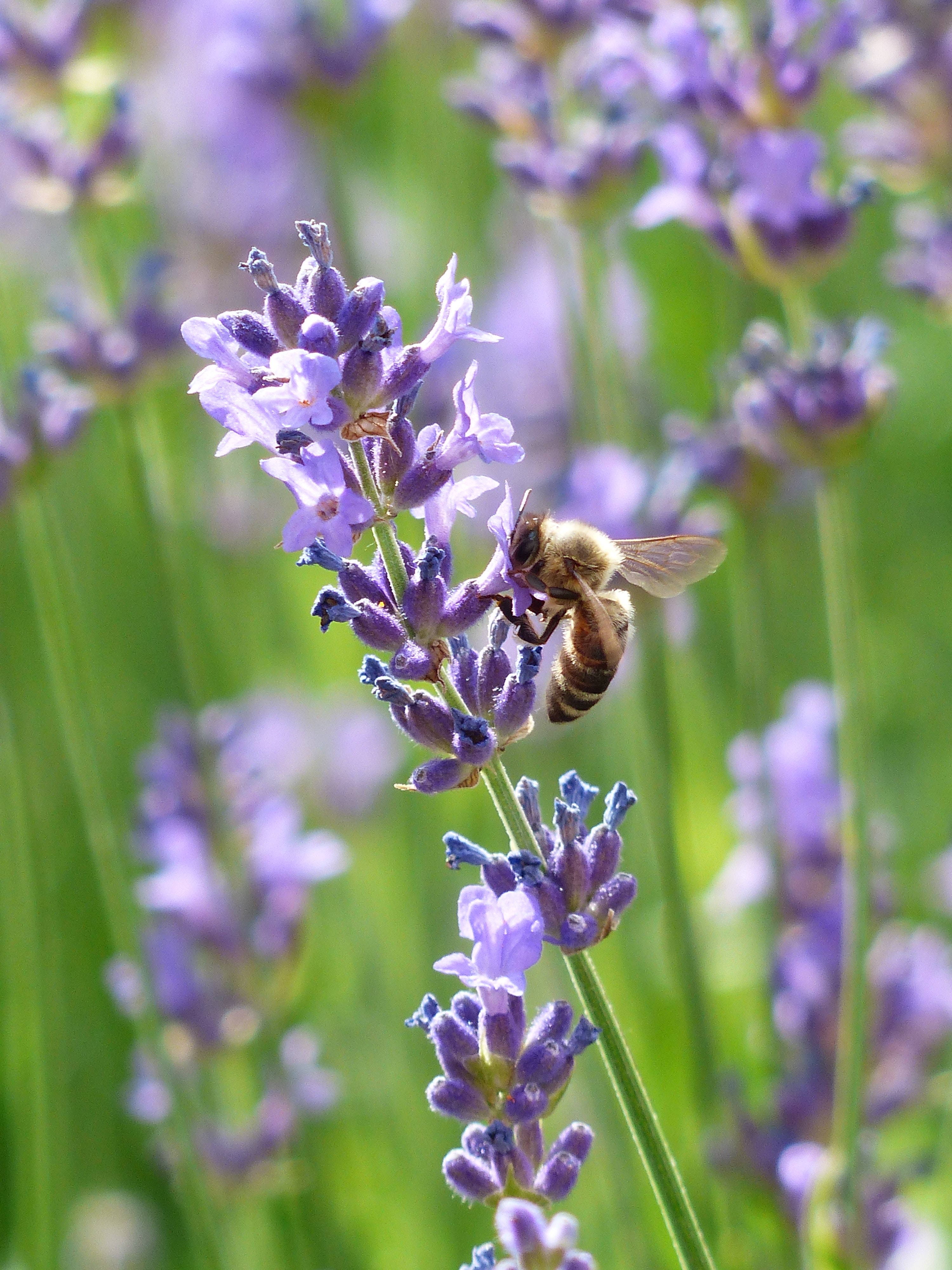
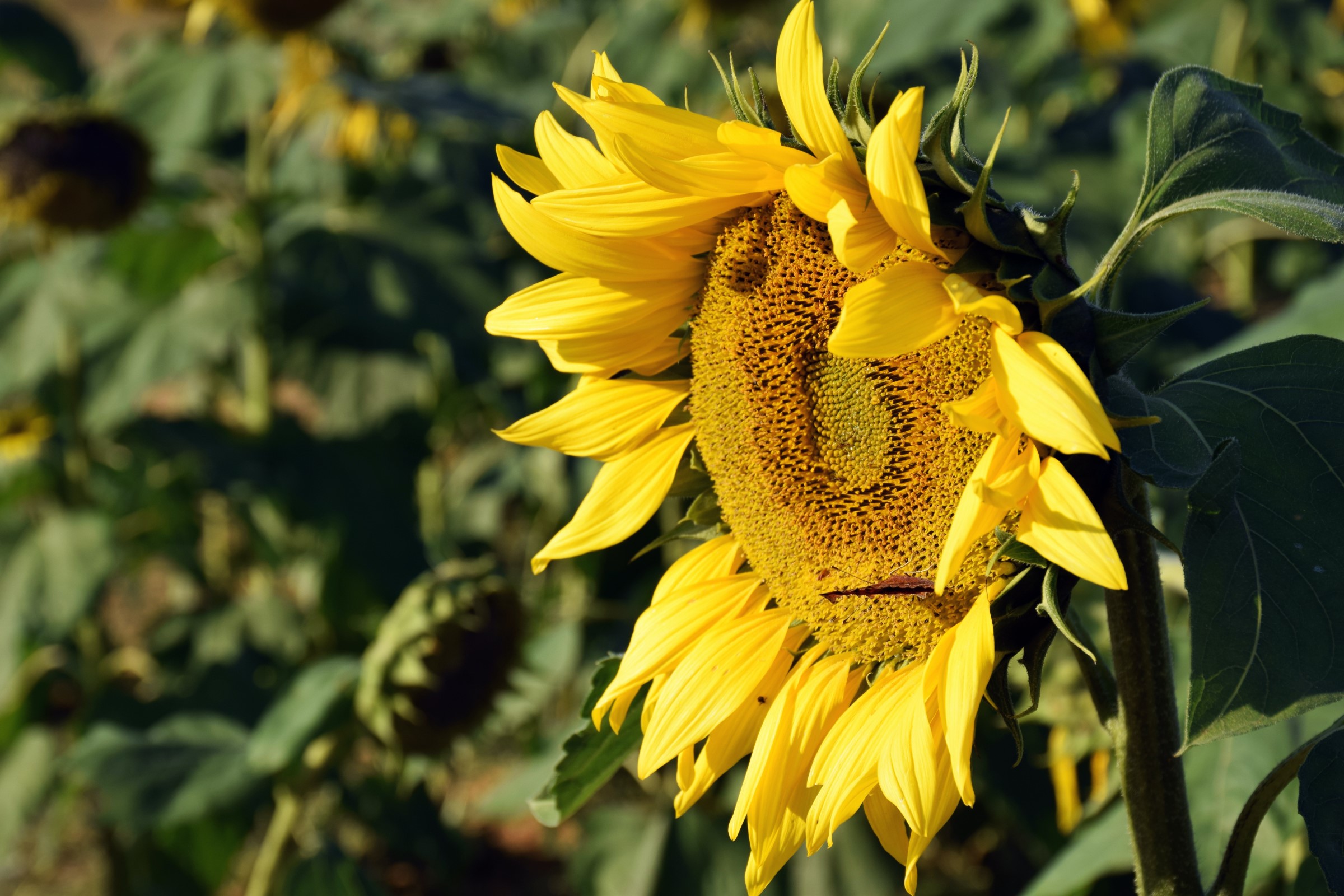
– Grover Coe, M.D., Concentrated Organic Medicines (1862), page 17
Herbal Constituents
Each plant produces hundreds of many organic compounds, and they are stored in each part of the plant – leaves, bark, stem, root, flower, and fruit – but in different amounts. Some categories of plant chemicals are carbohydrates, lipids, proteins, amino acids, anthocyanins, flavonoids, terpenes, polyphenols, tannins, steroids, and alkaloids. The classification of the thousands of phytochemicals that plants possess for their different functions are typically classified as primary or secondary metabolites, depending on their role in plant metabolism. Primary metabolites describe the compounds used for the plant's primary survival processes, whereas secondary metabolites extend from these compounds. However, this classification is extremely broad. Phytochemicals rarely act alone, meaning there is no defining line between the groups of them, and they are often intertwined between different chemical groups. Further, there are gaps in our scientific knowledge: We don’t know every chemical in plants. The phytochemicals that have been "identified" are those which scientists have isolated from all other compounds in a particular plant and then studied, with some chemicals studied more than others, like carotenoids. Therefore, we don't understand all the interactions that plants possess in relation to the functions of their chemical compounds, nor do we understand all the interactions plants have within our own body. Research and development activities on plant chemical compounds relate to isolation, identification, characterization, functions, and, finally, their applications on health benefits. New phytochemicals are being identified constantly, and the study of them is important for further knowledge of the effects they have on our biological activity, as well as the study of whole plant or plant parts with other herbs to recognize how plant compounds interact with other compounds in a particular plant or herbal blend. Herbal uses, experiences, and science contribute to the whole understanding of herbal treatment, and the content and known pharmacological activity of phytochemicals in medicinal plants is the scientific basis for their use in medicine.
However, it is not always possible to isolate the chemical mechanisms that explain the medicinal herbal actions because the activity of herbs is more complex than a study of specific active compounds. Herbs have a long list of effects and actions that are often intertwined. It is well-known that drinking Echinacea tea helps colds and flus, and the aroma of lavender can induce relaxation and sleep. These certainties are true of these particular herbs, however, herbs are more complex and more beneficial than just a one-fix type of treatment. As phytochemicals rarely act alone, herbal treatment addresses the body by utilizing the entire plant or plant part as a biological whole, as opposed to isolating only one desirable herbal constituent not in favor of the other actions and effects of the herb. As to say, the whole is greater than the sum of its parts.
A little bit of all the compounds in a particular plant may have more benefit than a large quantity of only one compound. In herbalism, it is important to recognize the plant as a biological whole and the value of phytochemicals interacting and working in synergy with each other to produce the herbal actions and effects. Herbs act as a result of complex synergistic interactions between the chemistry of the whole plant and the whole body. These medicinal herbal actions have biological properties, such as antioxidant activity or a diuretic effect, and contribute to herbs' extensive value. Herbs can help protect from sickness, lessen the effects of sickness, strengthen the body and its functions, and support the body’s natural responses and systems in its own healing process. Some herbs can gently nourish the body in ways that support natural processes of health and other herbs can impact the body through therapeutic herbal treatment for specific illnesses and conditions.
Primary Metabolites
Primary metabolites are the chemical compounds essential for the survival and responsible for the plant's primary life processes of respiration, photosynthesis, growth, development, and other essential functions: carbohydrates (sugars), amino acids (proteins), lipids, and nucleotides.
Carbohydrates
Carbohydrates are the primary phytochemical constituent present in plants. Carbohydrates are saccharides (sugars) and starches, and are divided among monosaccharides (single sugar), disaccharides (2 sugars), oligosaccharides (2 to 10 sugars), and polysaccharides (more than 10 sugars). Some important carbohydrates in herbalism are burdock root, psyllium husk, guar gum, and mucilages. Most mucilages, for instance, are considered polysaccharides and are useful in herbalism. They are formed within the plant during normal growth by mucilage-secreting hairs, sacs, and canals. Mucilages produce a slimy coating that can soothe and protect exposed or irritated surfaces, which could be useful on the skin or the gastrointestinal tract. They act as an or relieving inflammation and irritation. They are considerably used in managing ulceration and inflammatory digestive disorders. Specifically, guar gum, containing 86% water-soluble mucilage, often used as a thickener, can be used as a laxative, help lower blood glucose levels, and reduce cholesterol levels. On the other hand, gums, like acacia gum, are deposited on the surface of the plant as exudates (terpenes), formed as a result of an or action after an injury.

Glycosides are another significant carbohydrate in herbalism. They are chemicals that consist of a sugar and another compound. Glycoside's sugar, known as glycone, may be a mono-, di-, or oligo- saccharide, and the other compound is known as aglycone. The aglycone is a compound that could be among a variety of herbal constituents that have potentially different physiological and psychological effects. Because of the attached sugar compound, glycosides are highly bioavailable and absorbable, and, thus, the herbal constituent is bioavailable and easily absorbable in the body. Many secondary metabolites, terpenes, and most phenolic compounds occur as glycosides. Some important herbal constituents that occur as glycosides are delphinidin in elderberry, salicin in white willow bark, and kaempferol in apples, calendula, horsetail, chamomile, and passionflower.
Amino Acids
Amino acids are necessary to build proteins and can be classified as essential, non-essential, and conditionally essential. Essential amino acids are not synthesized in our body and are, therefore, essential dietary nutrients. They include histidine, isoleucine, leucine, lysine, methionine, phenylalanine, threonine, tryptophan, and valine. Amino acids target very specific and diverse areas of the body. One amino acid may affect brain chemicals, while another improves muscular performance. Many amino acids are used to create other molecules that contribute to overall health. For example, tryptophan (essential) is used to make serotonin, and tyrosine (non-essential) is used to make dopamine. Both serotonin and dopamine are considered "happiness chemicals" in the brain and contribute to mental health. As mentioned earlier, amino acids, in particular, are often intertwined between different chemical groups. Secondary metabolites, like tannins, form with numerous types of proteins, and alkaloid compounds contain nitrogen and originate from amino acids, such as ornithine, lysine, phenylalanine, tyrosine, tryptophan, histidine, aspartic acid, and anthranilic acid. In a teaspoon (3g), garlic has 0.5 grams of protein – consisting of essential amino acids: lysine, leucine, valine, phenylalanine, isoleucine, threonine, histidine, tryptophan, and methionine; conditionally essential amino acids: arginine, proline, tyrosine, glycine, and cystine; and non-essential: glutamic acid, aspartic acid, serine, and alanine. In a teaspoon (3g), turmeric has 0.3 grams of protein – consisting of essential amino acids: leucine, valine, phenylalanine, isoleucine, lysine, threonine, tryptophan, histidine, and methionine; conditionally essential amino acids: arginine, glycine, proline, tyrosine, and cystine; and non-essential: aspartic acid, glutamic acid, alanine, and serine.
Lipids
Lipids serve as the major structural component of all biological cell membranes and as a form of fuel storage. This group includes fats, fatty acids, oils, fat-soluble vitamins, terpenes, volatile oils, long-chain alcohols, waxes, and sterols. Most of these compounds are insoluble in water but soluble in alcohol. Many terpenes and phenolic compounds, which are secondary metabolites, occur naturally as lipids or combine with lipids and fats. Waxes are a combination of fatty acids and alcohols (terpenes). Carnauba wax, used in our Herbal Salves, is sustainably obtained from the carnauba palm, Copernicia prunifera.
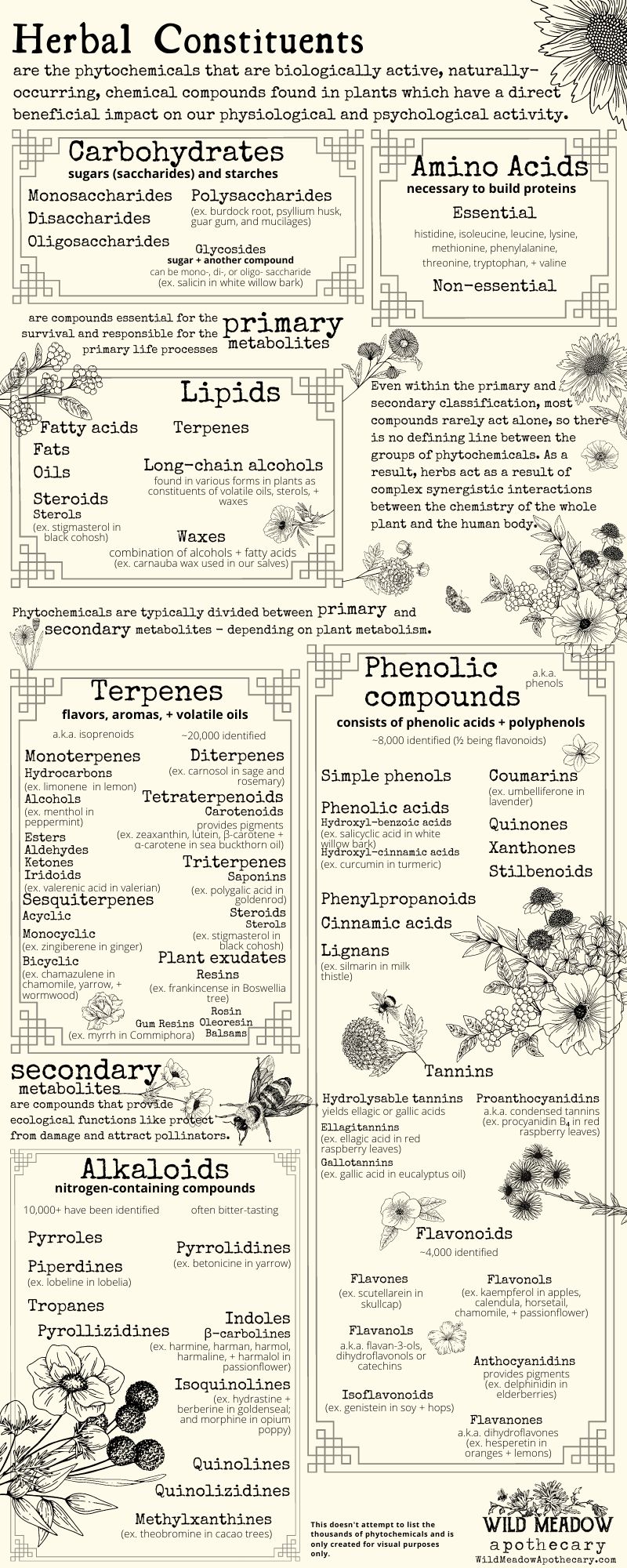
Secondary Metabolites
Secondary metabolites are an extension of primary metabolites and composed of the carbohydrate, amino acid, and lipid components of the plant. It was suggested that they are plants' waste product, but now evidence suggests that they play some important biological function in plants. Secondary metabolites are the chemical compounds that appear to play no direct role in the plant's primary metabolism but have apparent ecological function, like attracting pollinators, healing from injury, and chemical defenses against herbivores: terpenes, phenolic compounds, and nitrogen-containing compounds like alkaloids.
Terpenes
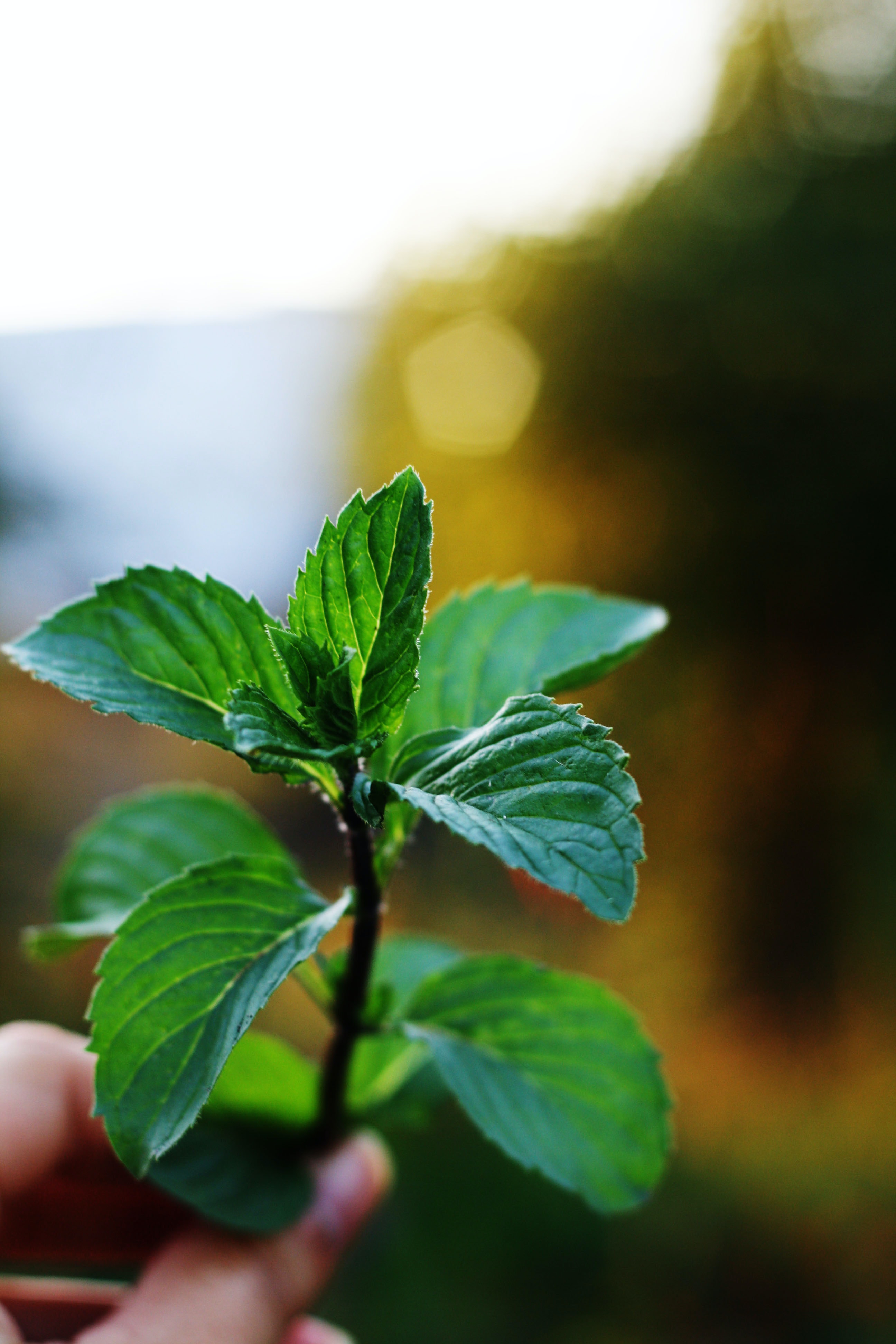
Terpenes, also known as isoprenoids, are found throughout all classes of organisms, and, being the largest group of secondary metabolites, about 20,000 have been identified. While not essential for viability, terpenes allow plants to prosper in their environment having a variety of natural functions, like flavors or scents, aroma to repel herbivores, defense secretions, growth regulators, and pollinator attractants. Terpenes give us unique flavors, aromas, and medicinal properties. Some groups of terpenes are monoterpenes, sesquiterpenes, diterpenes, triterpenes, and tetraterpenoids.
Monoterpenes and sesquiterpenes
Monoterpenes and sesquiterpenes are important components of volatile oils. Volatile oils are complex compounds that are chemical mixtures of hydrocarbons and alcohols in the plant and occur in plants with specialized secretory structures, such as oil cells, glandular hairs, and resin ducts. The use of volatile oils in herbalism is immeasurable:
- ☞ Volatile oils aid in digestion by stimulating the lining of the colon setting off a reflex that increases the flow of gastric juices and induces a feeling of hunger.
- ☞ Volatile oils ease gripping pains by relaxing the peristalsis (the movement of muscles that move food along) in the lower part of the intestines.
- ☞ Acting on the nervous system, some volatile oils relax and sedate by reducing tension, like chamomile, and others stimulate blood flow and digestion, like peppermint.
With the extraction of these volatile oils, the essential or aromatic oil is created. While aromatic or essential oils are only used externally, part of their effect is due to their actions on the nose as the olfactory nerves pick up scent molecules from them and transmit the smell to the brain where a reaction is triggered. Alcohols are found in various forms in plants as constituents of volatile oils, sterols, and waxes.
Diterpenes
Triterpenes
Triterpenes include saponins and plant sterols. Saponins are glycosides where water-soluble sugars occur with either a lipophilic steroid or triterpenoid. Saponins include 3 major classes including triterpene glycosides, steroid glycosides, and steroid alkaloid glycosides. Saponins have bitter taste and have the ability to form soap-like foam when mixed with water, which may contribute to their numerous properties, including , , , and .
Tetraterpenes
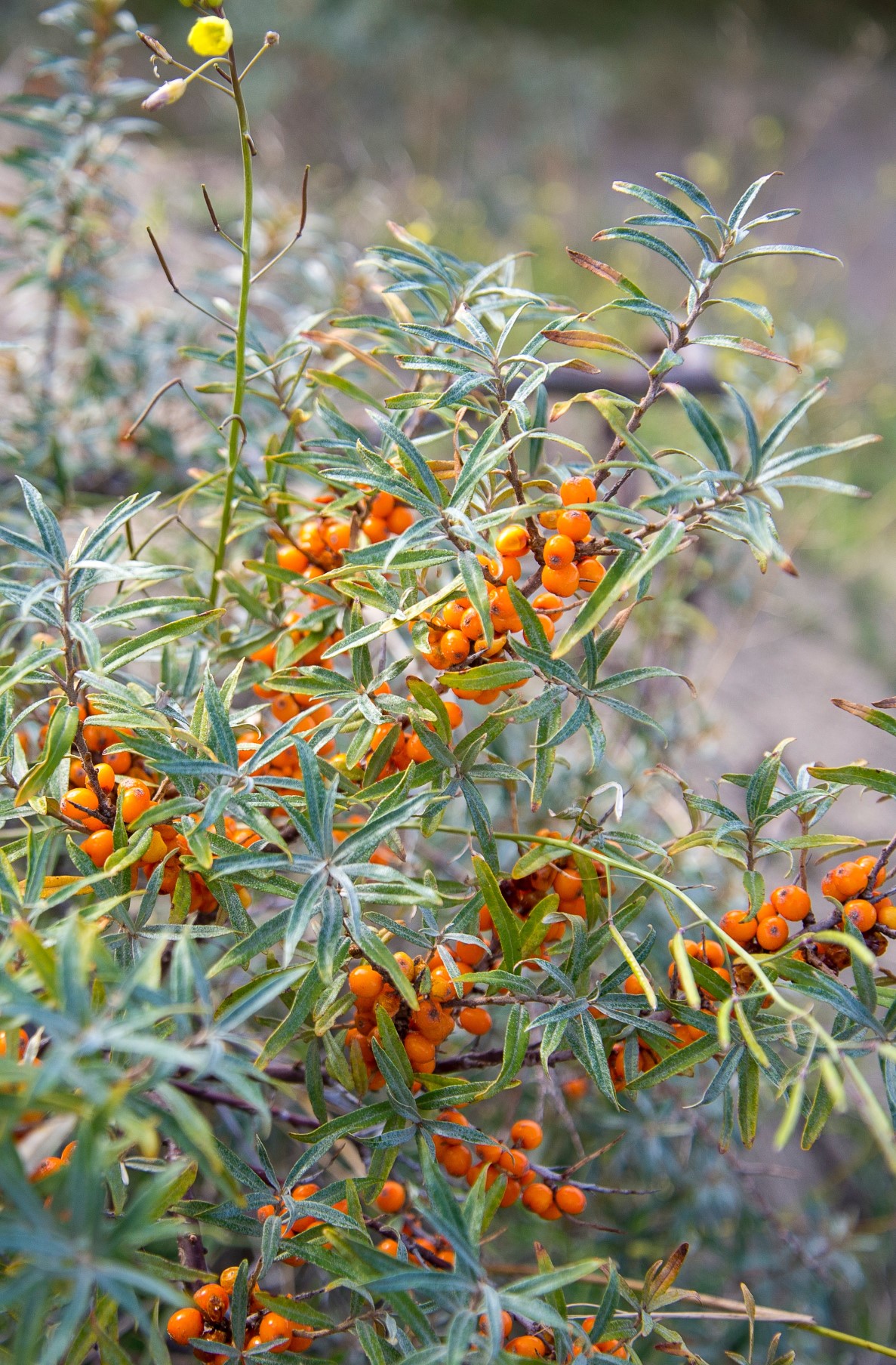
Carotenoids are derivatives of tetreterpenes and are studied extensively with over 500 identified. They supply pigments during photosynthesis, serve as coloring matter for flowers and fruits, and it is the dominant pigment in autumn leaves. Carotenoids are an important component to melanin found in our hair, skin, and eyes and several carotenoids are metabolized into vitamin A, including beta-carotene found in carrots. Sea buckthorn berry oil, found in our First Aid Salve, is full of carotenoids including zeaxanthin, lutein, β-carotene and α-carotene. When applied externally, it can help an assortment of skin issues like impetigo and age spots and can help heal cuts, wounds, and scars.
Plant Exudates
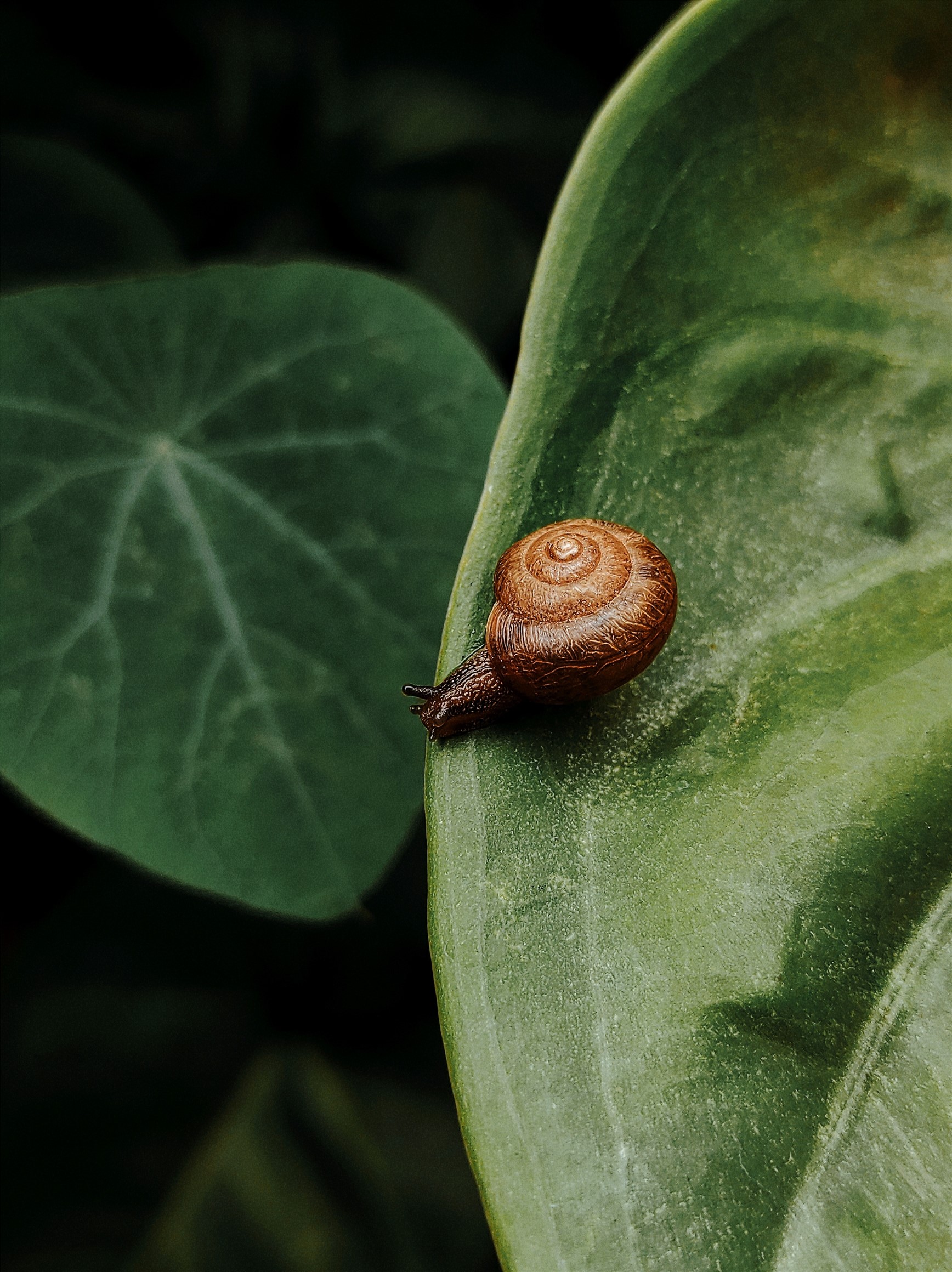
Plant exudates are secreted substances from a plant in response to injury or defense. They are chemically complex and their constituents vary greatly making them hard to classify. Sugars, amino acids, lipids, and terpenes are among some of the different types of compounds defined as plant exudates. They can be alcohol or oil-soluble. Plant exudates consist of resins, rosin, oleoresins, balsams, and gum resins and usually consist of resin acids, esters, or alcohols. Resins can be natural where it is a natural plant exudate, like sap, or a prepared resin made using alcohol, or a synthetic resin, which contribute to the foundation of the modern plastics industry. Rosin is a solid type of resin obtained from pines and other conifers. Oleoresins consist of volatile oils and resins, and balsams are resins, or sap, that contain benzoic or cinnamic acid esters. Some herbs containing resins include cinnamon, frankincense, camphor, and myrrh.
Glucosinolates are a special group of exudate compounds. Glucosinolates, also called isothiocyanates, are a class of abundant secondary metabolites that give pungent characteristics to plants in the mustard family, Brassicaceae. They are nitrogen and sulfur-containing compounds derived from amino acids. They are found in cruciferous vegetables, such as cabbage, broccoli, Brussels sprouts, bok choy, kale, cauliflower, and horseradish root. Glucosinolates are a type of , which, in plants, glucosinolate's function is to deter predators. Mustard oil is the glucosinolate compounds. The first observations on the properties of glucosinolates (mustard oils) were indicated in the early 17th century and attempts were made to understand the chemical origin of the pungent taste. The mustard oil is released and activated only when the plant is attacked or when the plant tissue is crushed. When the mustard plant tissue is damaged, the enzyme, myrosinase, breaks down (hydrolyzes) and converts glucosinolates to produce a variety of bioactive products, such as isothiocyanate, thiocyanate and nitrile, which are responsible for the pungent pharmacological effects. It is sometimes referred to as a "mustard oil bomb" because it, like a bomb, waits to detonate upon the disturbance to the plant. Since ancient times, mustard oil has been used to relieve joint pain, control fever, alleviate cough and colds, relieve congestion, and allay swelling. Horseradish root is found in our Fire Tincture.
Phenolic compounds
Phenolic compounds, often called phenols, are the basic building blocks of many important plant constituents. About 8,000 naturally occurring plant phenolic compounds have been identified and about half are flavonoids. The majority of phenolic compounds are water-soluble and usually occur naturally as glycosides. Other phenolics are lipophilic meaning they tend to combine with or dissolve in lipids or fats. Phenolics include simple phenols, phenolic acids, phenylpropanoids, cinnamic acids, coumarins, quinones, stilbenoids, lignans, flavonoids, and tannins.
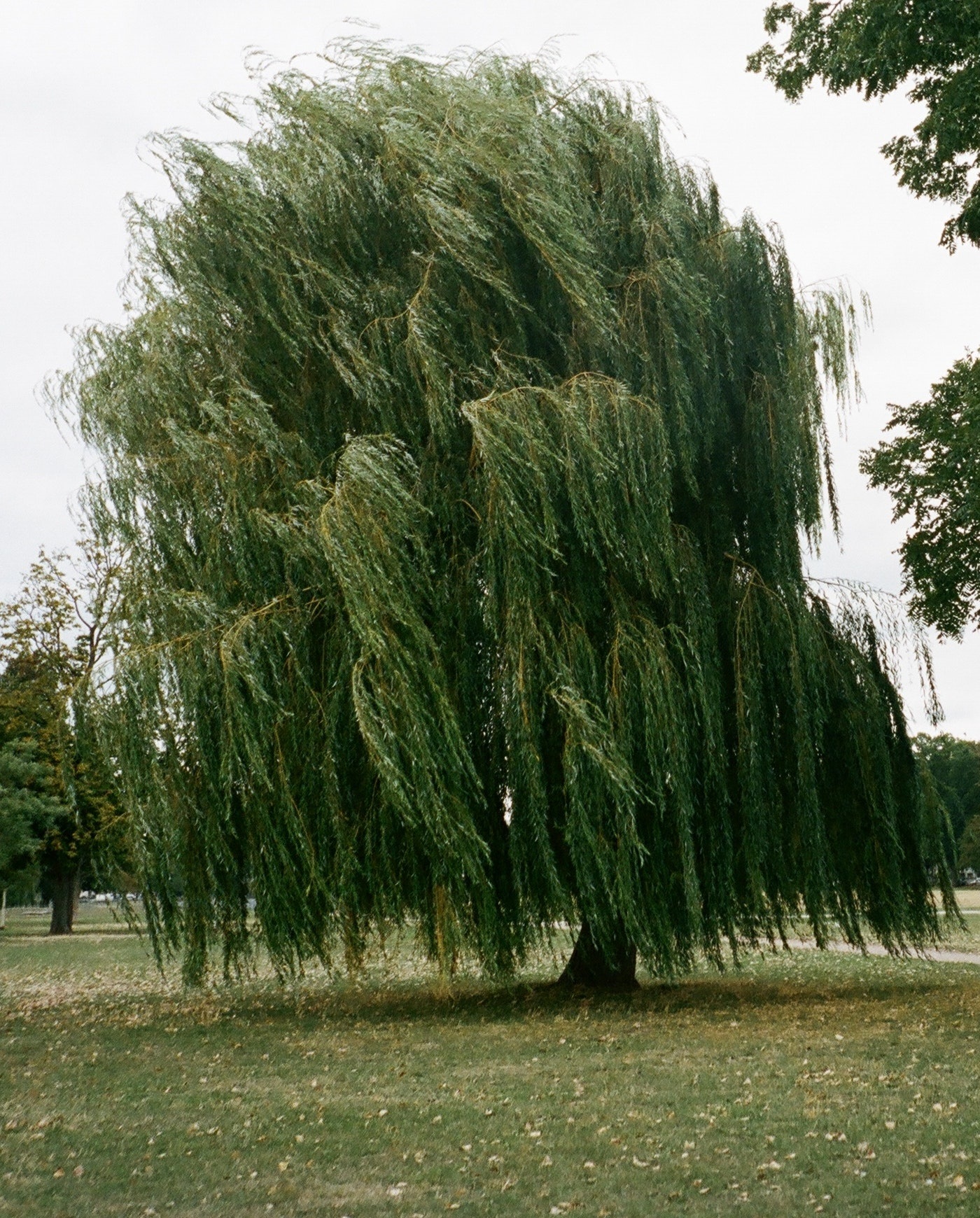
Phenolic compounds exhibit several properties beneficial to humans and contribute significantly to the color, taste, and flavor of plants. Phenolics are valued for their and properties to protect against diseases. Its antioxidant properties help the body fight stress and prevents oxidation, which is a chemical reaction that can produce free radicals and chain reactions. These free radicals are formed in the body when exposed to waste products, bacteria, viruses, UV light, pollution, and environmental toxins. They can damage cells in the body and contribute to sickness, heart disease, cancers, and other diseases.
Phenolic Acids
White willow bark contains the phenolic acids, salicin and salicylic acid, that are often found in combination with a sugar forming a glycoside. White willow bark is valued for its , , and properties. It is considered the natural form of aspirin because salicin was first used to create aspirin in the nineteenth century, and it can be found in our Musculo-Skeletal Tincture and White Willow Bark Tincture.
Flavonoids
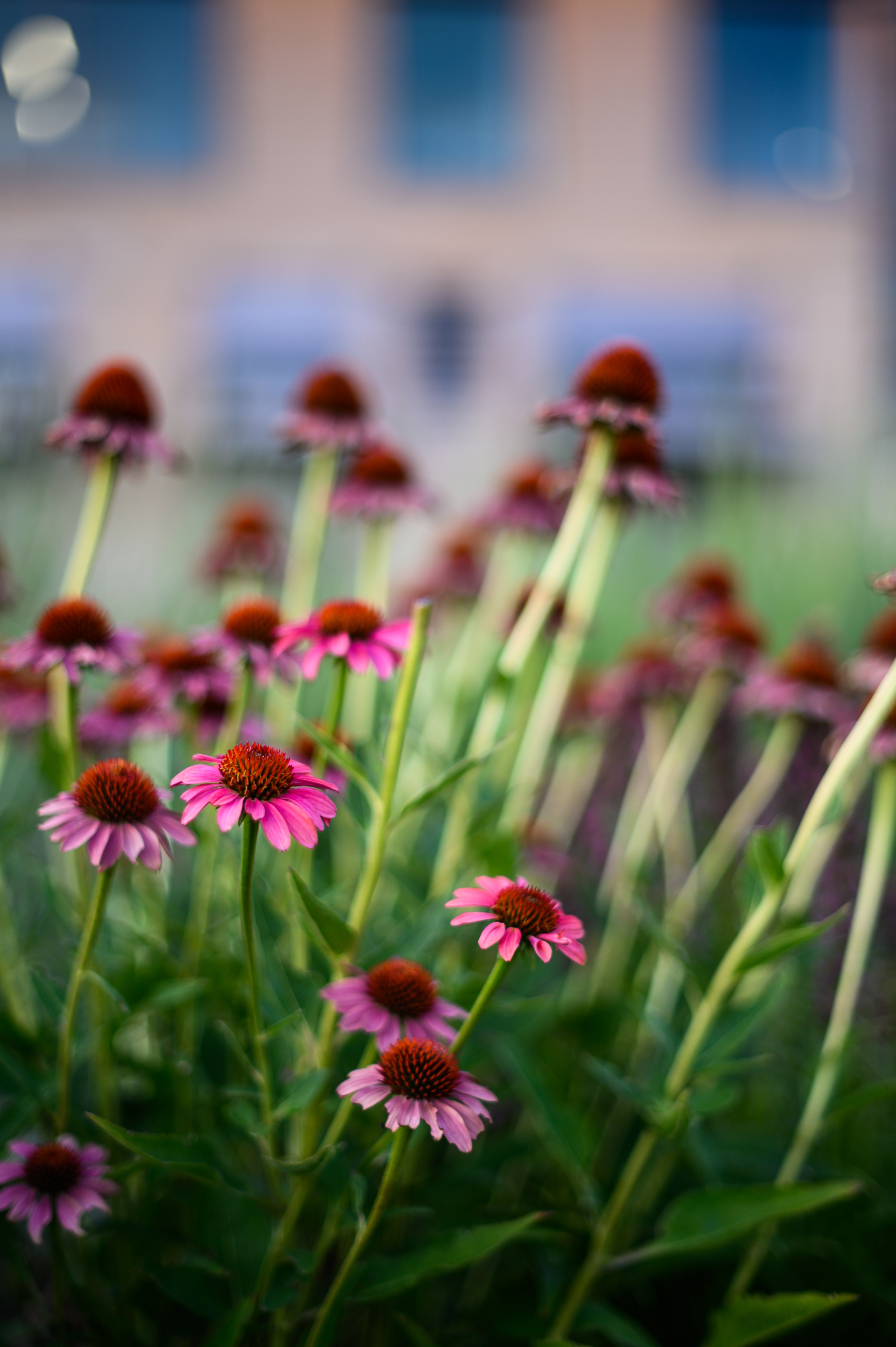
Flavonoids are water-soluble polyphenolic compounds, and they combine with terpenes to create distinct tastes and aromas. They are extremely common and widespread in the plant kingdom and being found in several parts of the plant, such as echinacea, chamomile, skullcap, greens, broccoli, cauliflower, beets, potatoes, celery, citrus fruit, apples, bananas, grapes, mangoes, pineapples, tomatoes, peppers, berries, soybeans, mushrooms, parsley, garlic, and onion. Flavonoids normally occur as glycosides and include flavones, flavonols, flavanols, anthocyanidins, isoflavonoids, and flavanones. About 6,000 flavonoids have been identified, and they are known to have a variety of protective activities and properties in the human body, such as , , , , , anti-mutagenic and anti-carcinogenic, along with their capacity to modulate key cellular enzyme function.
Particularly, most interest has been devoted to their antioxidant activity. Antioxidants are compounds that protect the cells against the oxidative effect of reactive oxygen species, and the impaired balance between these reactive oxygen species and antioxidants results in oxidative stress. The oxidative stress may lead to cellular damage in the body, which is related to various health ailments such as diabetes, cancer, cardiovascular disease, neurodegenerative disorders, and ageing. Oxidative stress can also damage many biological molecules and proteins and DNA molecules are significant targets of cellular injury. Antioxidants, like the many flavonoid compounds found in plants, interfere with radical-producing systems and increase the function of endogenous antioxidants, protecting the cells from damage by these free radicals. Flavonoids have remarkable antioxidant characteristics by scavenging reactive oxygen species (ROS) or reducing free radical accumulation. They are known to be potent inhibitors for several enzymes, such as xanthine oxidase (XO), cyclo-oxygenase (COX), lipoxygenase and phosphoinositide 3-kinase. The antioxidant activity contributes to the anti-inflammatory action. Some flavonoids, such as flavonols (e.g., quercetin, rutin, and morin), flavanones (e.g., hesperetin and hesperidin), flavanols (e.g., catechin), isoflavones (e.g., genisten), and anthocyanins (e.g., cyanidin) have been demonstrated to exhibit anti-inflammatory functions. The anti-mutagenic and anti-carcinogenic mechanisms of action reported is that flavonoids help in the production of metabolising enzymes, such as gluthione-S-transferase, quinone reductase, and uridine 5-diphospho-glucuronyl transferase, by which carcinogens are detoxified and thus eliminated from the body. Studies have shown that flavonoids can fight disease, prevent blood clots, and reduce inflammation.
Flavonoids contribute greatly as plant pigments. Aside from carotenoids providing yellow and orange pigment, anthochlor pigments contribute to yellow colors in flowers. When not directly visible, flavonoids can act as co-pigments, like the colorless co-pigments flavones and flavonols that protect plant tissues and occur frequently as glycosides in petals and leaves. The pigment-providing compounds called anthocyanidins generate red to blue colors occurring predominantly in the outer cell layers of various fruits. Anthocyanidins are aglycones and are referred to as anthocyanins when occurring as a glycoside. Anthocyanidins, like cyanidin, delphinidin, malvidin, pelargonidin and peonidin, occur predominantly in the outer cell layers of various fruits such as cranberries, black currants, grapes, raspberries, strawberries, blueberries, bilberries, blackberries, and elderberries. These compounds are also found in black beans, black rice, and black soybeans. They have the ability to prevent breakdown of collagen in our connective tissue, and they are potent . While flavonoids are responsible for most, plant pigments can also be found in terpenes and alkaloids too.

Lignans (aka phytoestrogens)
Lignans are found mainly in woody plant tissues, but also other plant parts, like roots, leaves, and flowers. Significant interest has been given to lignans, due to their steroid-like chemical structure, and they are considered as phytoestrogens. Phytoestrogens display a range of actions and possess different potencies, however, they do not possess the whole spectrum of effects that human estrogen hormones have. Phytoestrogens are not the precursors of human hormones, but instead interact with human estrogen receptors to trigger various responses. They exhibit various biological properties, including anti-inflammatory, antioxidant, and antitumor activities. They are shown to possess both estrogenic and antiestrogenic activity. Research suggests that the high concentrations of lignans seen in vegetarians may play a protective role against estrogen-dependent cancers by serving as antipromotional compounds, inhibiting aromatase in peripheral or cancer cells, and lowering estrogen levels. Phytoestrogens can be found in beans, soybeans (tofu, tempeh), kidney beans, peas, chickpea, lentils, peanuts, strawberries, blueberries, cranberries, broccoli, hops (beer), barley, wheat, rye, millet, cashews, flaxseed, sunflower seeds, garlic, parsley, and thyme.
Tannins
Tannins contribute majorly to nutrition and herbalism because of their ability to form with numerous types of molecules, like carbohydrates and proteins, and they promote healing, reduce irritation and inflammation, and hinder infection. One of tannins’ most important qualities is the astringent action. Astringents cause tissue and blood vessels to tighten and contract by precipitating proteins and, therefore, reducing bodily secretions and discharges. Applied externally, tannin-containing herbs can stop bleeding and seal wounds forming a protective surface with the proteins hardening the epidermis. Used internally, tannins can be used for hemorrhage, internal injury, excessive uterine bleeding (menorrhagia), diarrhea through binding effects of the gut, and inflammation and swelling in the body. Black tea is known to be filled with tannins and the astringent-tightening in the mouth when drinking it can be felt almost instantaneously. Red raspberry leaf, found in our Lioness and Mama Bear herbal blend, is also full of tannins.
Alkaloids
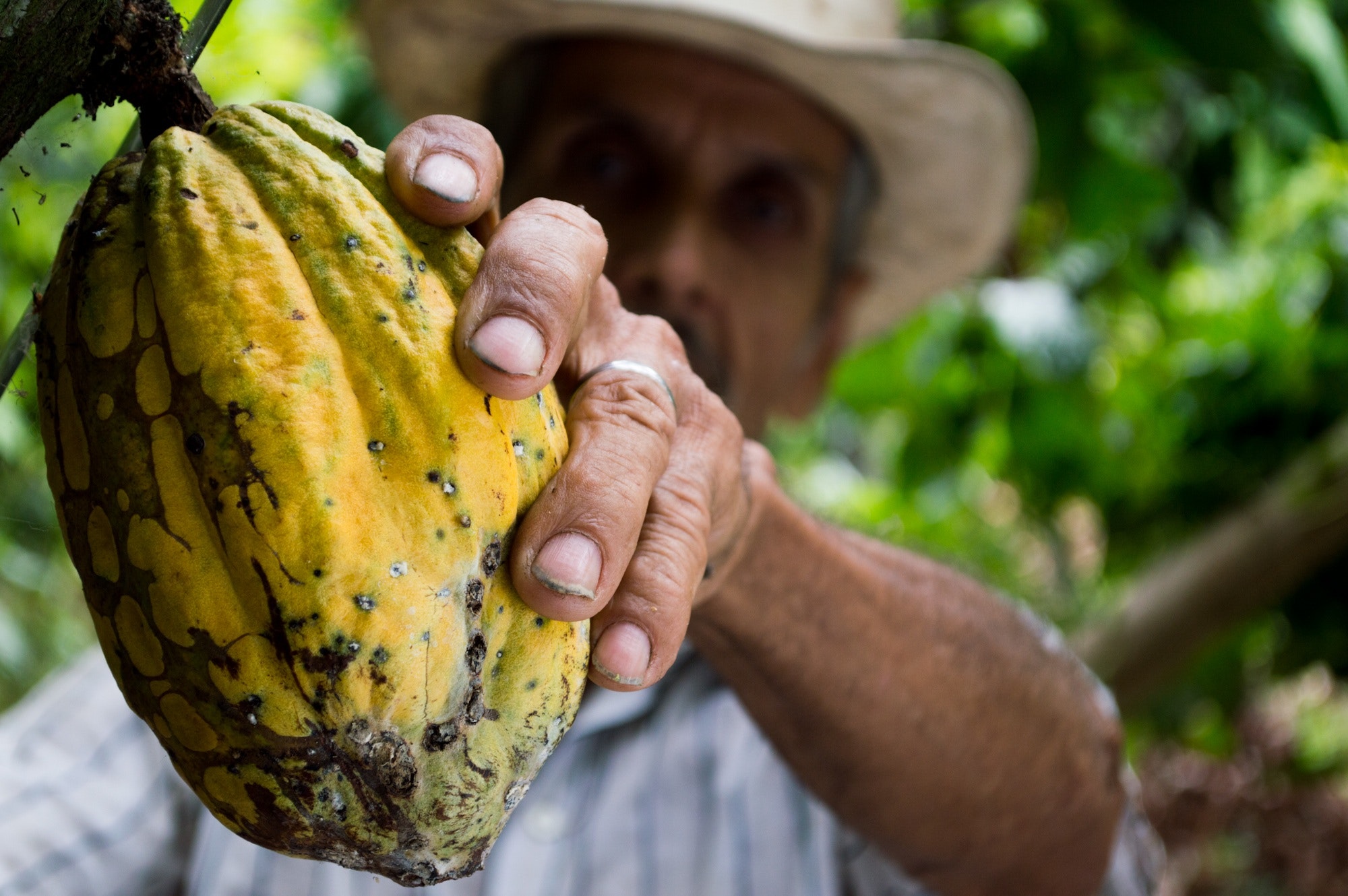

Also synthesized as secondary metabolites in some animals, like fire ants and poison dart frogs, alkaloids are nitrogen-containing plant compounds. They are derived from amino acids and play a significant role for the plant's survival. Alkaloids help the plant by: protecting against insects and herbivores with poisonous agents; regulating growth; reserving nitrogen and other elements necessary for the plant's survival; and contributing as the end products of some detoxification reactions for the plant's protection against harm. More than 10,000 have been identified. Most alkaloids occur in flowering plants, and, generally, annual plants contain larger amounts of alkaloids than do perennials. A single plant species usually comprises of a few kind of alkaloids but numerous plant families such as Solanaceae (nightshades), Papaveraceae (poppies), Ranunculaceae (buttercups), and Amaryllidaceae (amaryllis) are predominately rich in several kinds of alkaloids. Alkaloids are found in coffee beans (caffeine), cacao seeds (theobromine and caffeine), tea leaves (theophylline and caffeine), tomatoes (tomatine), potatoes (solanine), and the tobacco plant, Nicotiana tabacum, (nicotine). Passionflower in our Night Owl contains the alkaloids, harmine, harman, harmol, harmaline, and harmalol.
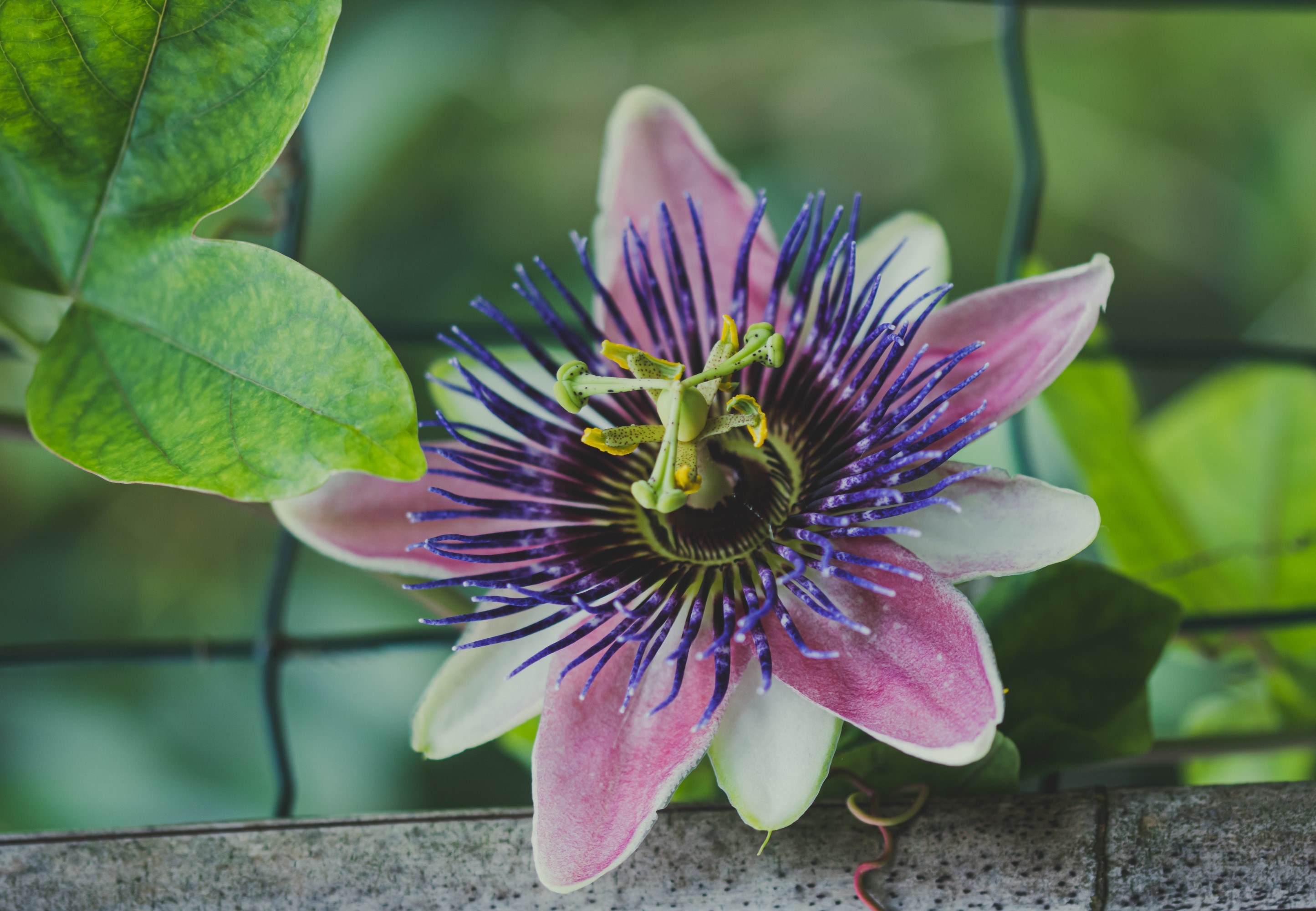
Alkaloids are possibly the most potent group of herbal constituents. Alkaloids show strong biological effects on animal and human organisms in very small doses. They have many pharmacological activities with a wide diverse of physiological and psychological effects, including powerful analgesic properties and stimulating properties to certain body systems. They can act on the liver, nervous system, lungs, or digestive system. Alkaloids have a wide range of activities, undesirable and desirable, on animal and human organisms. Alkaloids have diverse physiological effects: antibacterial, antimitotic, anti-inflammatory, analgesic, local anesthetic, hypnotic, psychotropic, neuroprotective actions, and antitumor activity and many others. Alkaloids are often bitter-tasting chemicals, which herbs trigger the digestive enzymes in the mouth and stomach to increase appetite and aid in digestion, and they often have action. Although some alkaloids pose major cultural issues, this group of constituents provides humanity with valued plants in our herbal repertoire. Alkaloids include the deadly brucine (toxicity being related to dose and route of administration) that has recently been studied showing anti-tumor effects on liver and breast cancer and the hallucinogenic mescaline from the peyote cactus used in religious Native American ceremonies.

Chromolithograph of Red Poppy by Walther Otto Müller, C. F. Schmidt, and K. Gunther from Köhler's Medizinal-Pflanzen Vol. 1 (1887), Vol. 2 (1890), and Vol. 3 (1898)
Short history of the discovery of the first alkaloid – morphine
Historically-known in our country to be extremely valuable in critical times, morphine was the first alkaloid that was isolated from any plant. This powerful alkaloid is a heavy nervine with powerful , , , and properties. This history of morphine's discovery is quite interesting. In 1805, a pharmacist named Friedrich Wilhelm Adam Sertürner reported his discovery of a sleep-inducing molecule from the opium poppy in crystalline form to the editor of the Trommsdorffs Journal de Pharmacie. Although the discovery initially was unrecognizable, Sertürner continued experimenting. Since this was about 50 years before the invention of the hypodermic syringe needle, the morphine in crystallized salt form had to be administered orally. While enduring a terrible toothache, Sertürner took a small quantity and experienced tremendous relief. When he awoke several hours later, he concluded that the isolated compound was safe for human consumption. Trial and error experimenting ensued by Sertürner self-administering it to himself and 3 young volunteers. He stated: "In order to test my earlier experiments strictly, I encouraged three persons, none older than seventeen years, to take morphine with me simultaneously. Warned by the previous effects, however, I merely administered half a grain dissolved in half a drachma of alcohol and diluted with several ounces of distilled water." Sertürner discovered one-fourth grain (30 mg) dose caused a happy, light-headed sensation, the second dose induced drowsiness and excessive fatigue, and the third caused participants to become "confused and somnolent." Looking back through our lenses of the current standards, his scientific methods and ethics seem questionable, however, if unethical or morally questionable, it seems insignificant in comparison to the invasion and slaughter happening during these times during the Napoleonic Wars (1803–1815) to place the value of this discovery. Reportedly, the French surgeon, Dominique-Jean Larrey, at the Battle of Borodino carried out more than 200 necessary amputations (pre-anesthesia) in one day. By isolating morphine from the opium poppy, Sertürner created a strong effective painkiller that has benefited medicine for the last 2 centuries.
Safety Considerations
- ♡ Herbal products are not substitute for medical care, and it is recommended they should be used in conjunction with your health care practitioner. Please consult a health care practitioner should you have any concerns and before changing any medications or healing practices.
- ♡ Herbs are powerful. If you are pregnant, nursing, or on any medications, it is recommended to consult with a health care practitioner before using herbs internally.
- ♡ Each product description includes a complete list of ingredients. People with sensitivities to any listed ingredient should not use the product.










